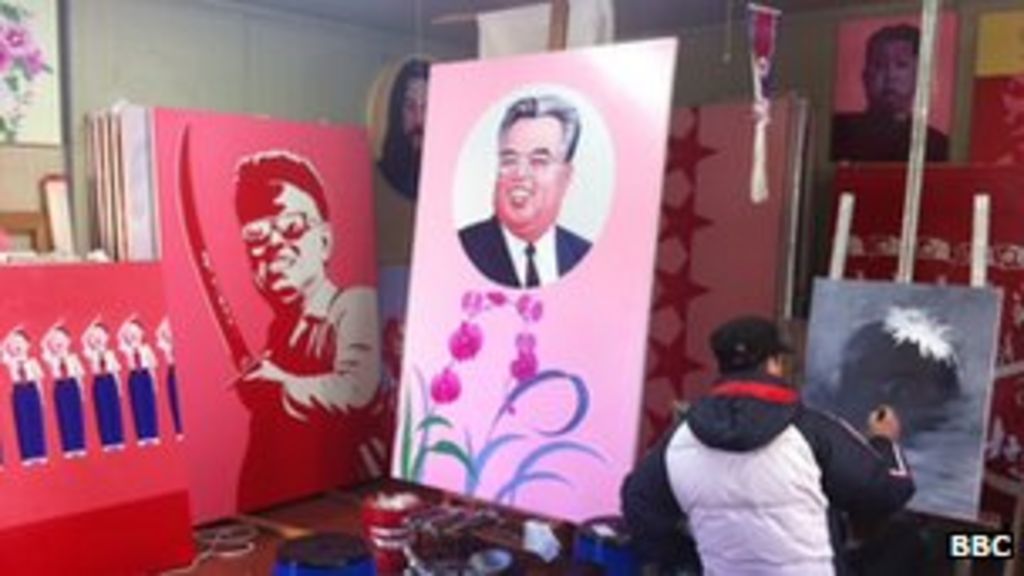The Rise of Shamanism in Korean Media
The TV series “Head Over Heels” is a unique blend of romance and occult elements, featuring a high-school-age protagonist who is also a shaman. This character saves her first love from an unfortunate fate, showcasing the power of selflessness and determination. The chemistry between Cho Yi-hyun, Choo Young-woo, and Cha Kang-yoon is evident on screen, adding to the appeal of the show. Additionally, the introduction of Choo Ja-hyun as Yeom-hwa, an original character not present in the webtoon upon which the series is based, enriches the narrative.
The plot follows a young shaman who chooses to become a human talisman for a boy abandoned by both his parents and destiny. Despite his initial distrust, her persistence and kindness gradually win him over. This storyline highlights the themes of love, sacrifice, and the supernatural.
A New Era of K-Pop and Occult Themes
In recent years, we have seen a surge in media content that blends K-pop with occult themes. One example is the animated feature “KPop Demon Hunters,” which showcases a beloved K-pop girl group that also moonlights as shamans. The film features top musicians and choreographers, resulting in scenes that mirror real K-pop performances. This fusion of genres has captured the attention of audiences worldwide.
The movie also demonstrates a deep understanding of Korean culture. It highlights the more accessible aspects of Korean culture that tourists can experience, while incorporating a shamanistic worldview. For instance, the scene where the Saja Boys dress up as grim reapers for a performance resonated with the popularity of dance crew Bumsup’s recent megacrew performance for World Street Woman Fighter, creating a wave of excitement.
Cultural Significance and Popularity
The performance was praised for its dark and sensual vibe and sharply synchronized choreography. It also raised expectations for future performances by BTS, which is set to make a comeback after its members completed their military service. This trend suggests that there is a wealth of “K-content” yet to be discovered.
Looking back at other series, such as “Fortune Teller’s Love” and “The Haunted Palace,” it is clear that shamans have been portrayed in various ways. However, in “The School Nurse Files,” the protagonist, Ahn Eun-young, communicates with the dead but does not have shamanistic undertones. Instead, the series uses pop-art devices like “jellies” and the “toy sword” to erase any shamanistic elements. This raises questions about why Ahn could not be portrayed as a shaman.
The Evolution of Shamanism in Media
In recent years, the portrayal of shamans in media has evolved significantly. “Head Over Heels” openly depicts a high school girl who is also a shaman, drawing parallels to characters like Spider-Man who help their friends while saving their loved ones. This shift indicates a growing acceptance of shamanism in mainstream culture.
The Occult Film Boom
The success of films like “Exhuma” (2024) has played a crucial role in reducing public aversion to shamanism. This film’s popularity is the result of over a decade of Korean occult films. “The Priests” (2015) marked the beginning of this trend, highlighting the localization of Catholic beliefs in Korea. The film includes a scene where priests participate in a shamanistic ritual, paying homage to the country’s heritage.
Other notable films include “The Wailing” (2016), which explores the grotesque and mysterious aspects of shamanism, and “Svaha: The Sixth Finger” (2019), which adds a Buddhist twist to the genre. These films have contributed to an increased interest in Korean folklore and traditional stories.
The Rise of Catholicism, Buddhism, and Shamanism
The success of occult films reflects changes in the preferences of mainstream audiences. While tales of exorcist nuns may not be realistic, there is a growing appreciation for the structural beauty and aesthetics of Catholicism. This is evident in the release of “Incantation” this month, which draws inspiration from the ancient traditions of Catholic practice.
Buddhism has also gained popularity among younger generations, offering alternative lifestyles through practices like vegetarianism, yoga, and meditation. Its inclusive nature and focus on environmental and social issues make it appealing to millennials and Gen Z.
Shamanism, once viewed as superstition during Korea’s modernization, has experienced a resurgence. Films like “Daughter of the Flames” (1983) and “Manshin: Ten Thousand Spirits” (2013) highlight the resilience of shamanic traditions despite historical suppression.
The Decline of Protestantism
In contrast, the number of mainstream films depicting Protestantism has been low. Most films explore the church’s underbelly or issues of cultish offshoots, reflecting a negative perception of Protestantism. TV series often portray Protestantism in a negative light, contributing to its decline among young people.
Protestantism, once a pillar of anti-communism and resistance, has lost its fighting spirit. Its current focus on issues like homophobia and anti-choice positions has led to a loss of support, particularly among young women.
Conclusion
The rise of shamanism in Korean media reflects broader societal shifts and changing attitudes towards traditional beliefs. As shamanism gains popularity, it also highlights the decline of other religious institutions. This evolution prompts important questions about the future of these belief systems in a rapidly changing world.







